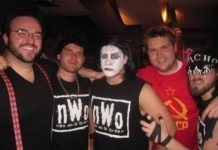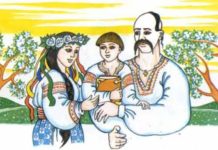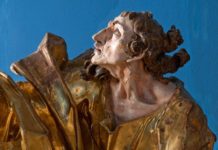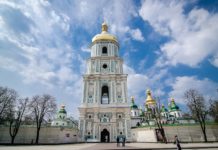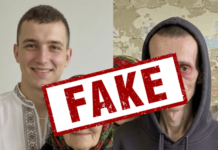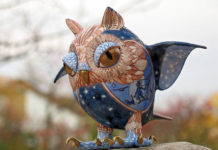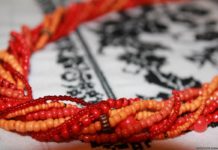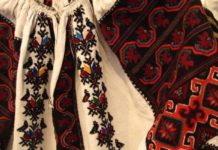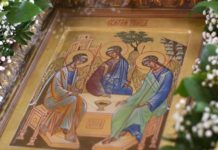On December 25th, Catholics of Latin tradition and other Christians who are guided by the Gregorian and New Caledian calendar, are celebrating Jesus’ Birth – Christmas Day.
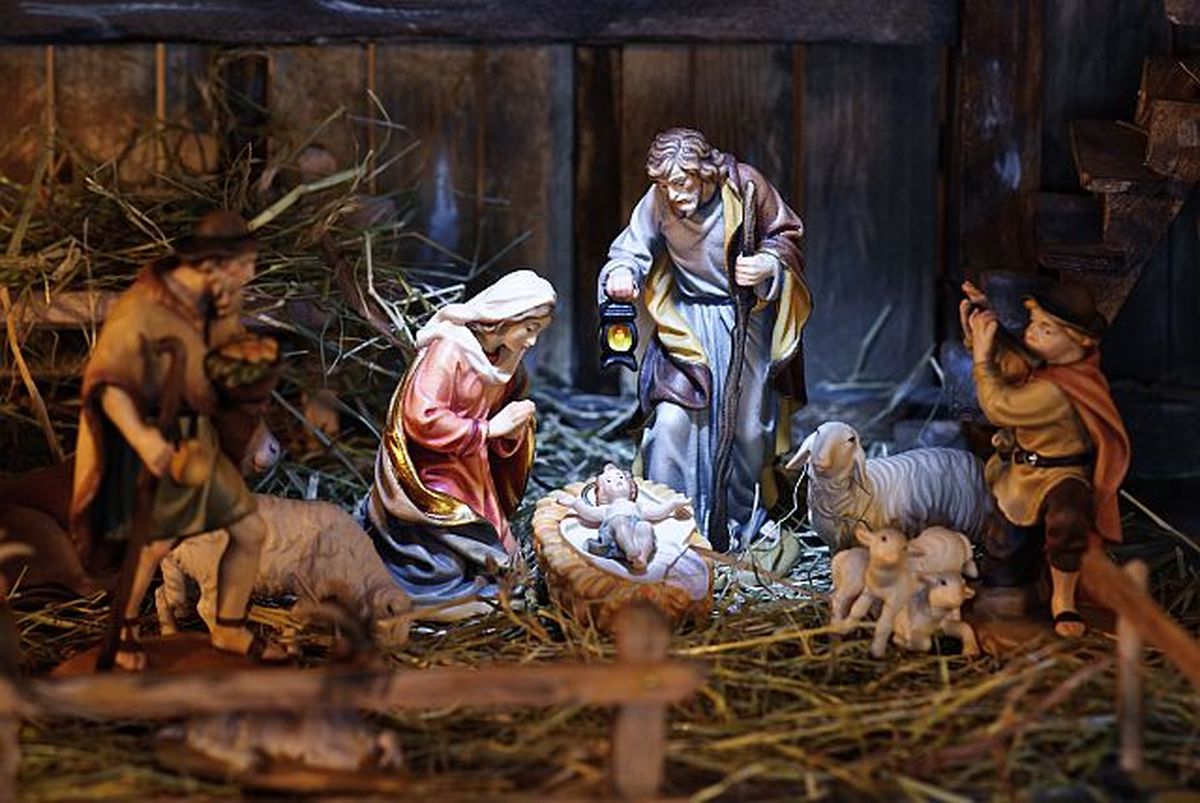

According to Biblical legends, on this day the Virgin Mary gave birth to Jesus Christ. The Son of God appeared in Bethlehem in the manger. The news about birth of the God’s Child have been brought by angels to the shepherds who were grazing cattle nearby. Later, wise men from the East have came. They knew that the Messiah appeared from the prophecies. A bright star have pointed them the road to the Newborn Savior. According to the teaching of the Church, with the birth of Jesus Christ, salvation of the soul and eternal life for every Christian became possible.
So, on rememberance of the Jesus’ Birth in Bethlehem the church decided to celebrate Christmas. In the night of December 24-25, Christmas is celebrated by the Roman Catholic Church, most of the Protestant Churches, and also some Orthodox Churches – including Constantinople (excepting Afon), Alexandria, Antioch, Cyprus, Romania, Bulgaria and Greece. Christmas is one of the most important Christian dates. Furthermore it is a state holiday in more than 100 countries of the world.
The first information about the Christmas celebration by Christians reaches 4 centuries. The question about the actual date of birth of Jesus Christ is quite controversial and it is still ambiguously interpreted by church authors. According to one of the modern hypotheses, the definition of this date has began on March 25th, because in this day there was the Annunciation, and 9 months later there should also be Christmas. So the holiday coincided with the day of the winter solstice. At the same time, on this day, the Gentiles have been celebrating the feast of the Invincible Sun (Dies Natalis Solis Invicti), which, with the Christianity adoption in Rome, was filled with a new meaning.


The holiday begins on the eve of December 24th. On this day – Christmas Eve – christians observe a particularly strict fasting, and use a special dish – Kutya – cooked with honey wheat or barley grains. By tradition, the fast ends with the appearance of the first evening star in the sky. At midnight Christians mention the Old Testament prophecies and events related to the birth of the Christ. The Christmas worship takes place three times: at midnight, at dawn and in the afternoon, which symbolizes the Nativity of Christ in the bosom of God the Father, in the bosom of Our Lady and in the heart of every Christian.
In the XIII century, during the time of St. Francis of Assisi, appeared a custom to put up the mangers in Churches, in which the figure of the Baby Jesus was placed. Aftewards mangers began to be set not only in the churches, but also in homes before the Christmas. This is a peculiar model of a cave grotto, where there are manger with the baby Jesus, and next to it the Virgin, Joseph, the angel, and the shepherds who came to worship. As well there are the animals too – a bull and a donkey. The whole scenes from folk life are also depicted: next to the holy family, country folks are placed.
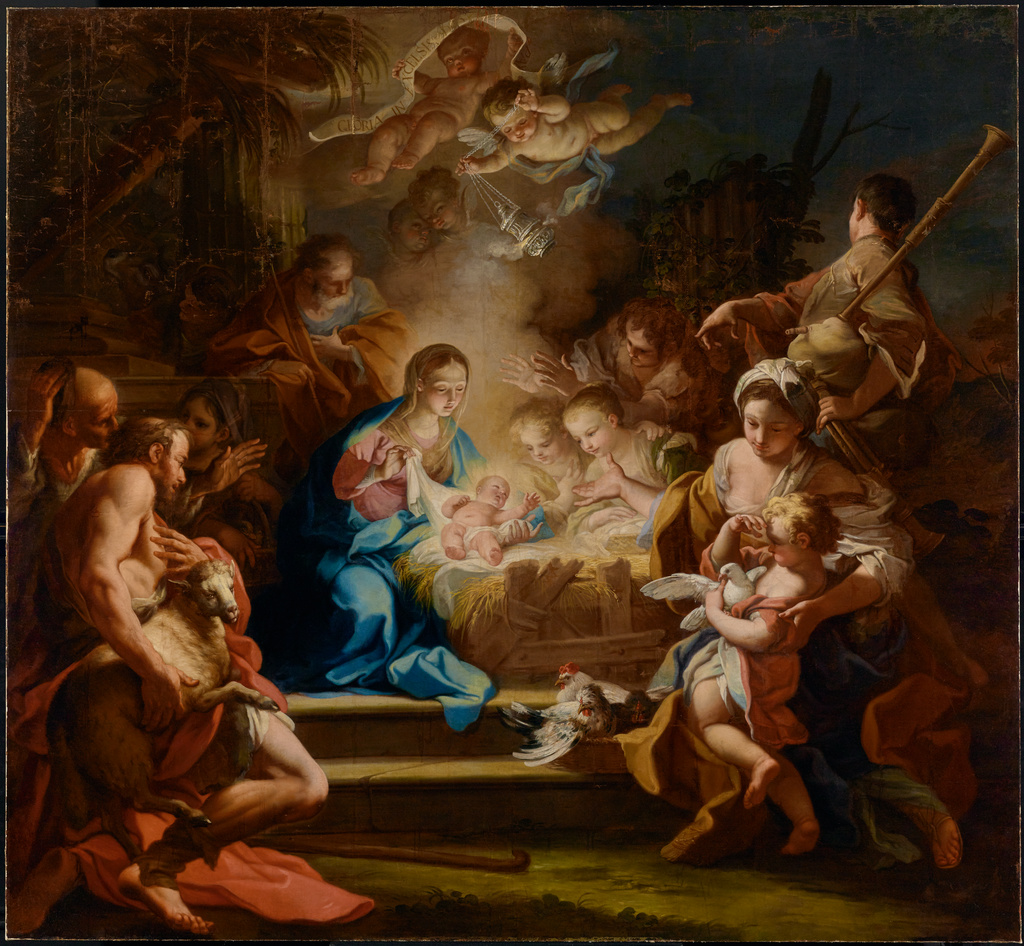

Church and folk customs werw harmoniously interwined in the celebration of Christmas. The well-known custom of caroling – walking around the homes of children and young people with songs and good wishes. For their songs, caroliers receive gifts: sausages, roasted chestnuts, fruits, eggs, pies, sweets and other. Miserable owners are concidered to be ridiculed. Often in the carollings are involved various characters, which run in animal skins. Usually, this action is accompanied by loud fun. Such custom has been repeatedly condemned by the church authorities as pagan, so after it was allowed to walk with carols only to relatives, neighbors and close friends.
The Christmas tradition of igniting the ceremonial fire in the home hearth – “the Christmas tree” testifies about the remains of the pagan cult of the sun. This tree ceremoniously brought into the house, prayed, burned and cut with a cross on it. The trees were sprinkled with a grain, watered with a honey, wine and oil. Also people put on it slices of food, turned to him as to a living creature, raised in his honor glasses of wine.
At the Christmas celebration, was also a custom to break the “Christmas Bread” – the special fresh chunks which sanctify in the temples during the Advent. It was eaten as before the festive meal, and during the greetings of each other in a festive dinner.
Advent – it is a Christmas fast, which is common among Catholic Christians and some Protestant churches. It begins four weeks before the Christmas – from the November 27th and until to the end of December. During this period, fasting and preparation for the holiday lasts. These days, Christmas cookies are cooked and gifts are being prepared or bought.
The spiritual meaning of Advent is double. Firstly, it is a time of joyful expectation of Christmas, and secondly,it is the time for reflection about the second coming of Christ which will be later.
The main colors of the Advent during the decoration of wreaths, Christmas bazaars, etc., is red (as a symbol of the Christ’ blood) and green (the symbol of hope and faithfulness for people who believe in Christ).
“Wreath of Advent” is one of the most famous traditions related to Advent. “Wreath of Advent” is a wreath of fir-trees, in which four candles are woven. On the first Sunday, one candle from it is lit, on the second – two, and so on. So, every day, everything becomes lighter. On the day of Christmas, all candles are lit. It symbolizes a bright holiday. By such wreaths decorate churches and houses of believers. Another well-known tradition is the Christmas calendar for children, which is divided into squares by the number of days of Advent. In this calendar every leaflet with a date is a box with delicacies.


The tradition to set in the house beautifully-decorated Christmas trees is also characteristic element of the Christmas celebration. This pagan tradition was born with the Germanic people, in whose ritual the fir was a symbol of life and fertility. With the spread of Christianity among the people of Central and Northern Europe the fir decorated with multicolored balls has got a new symbolism: it began to be installed in homes on December 24th as a symbol of a tree of paradise with abundant fruits.
On the evening of December 24th, when the first star, which once showed the way to the sages of the Newborn Child, lights up, the family sits at the festive table. Before the starting of the meal, family reads a passage from the Gospel, sings the first carol, and then, all refresh the Christmas Bread.
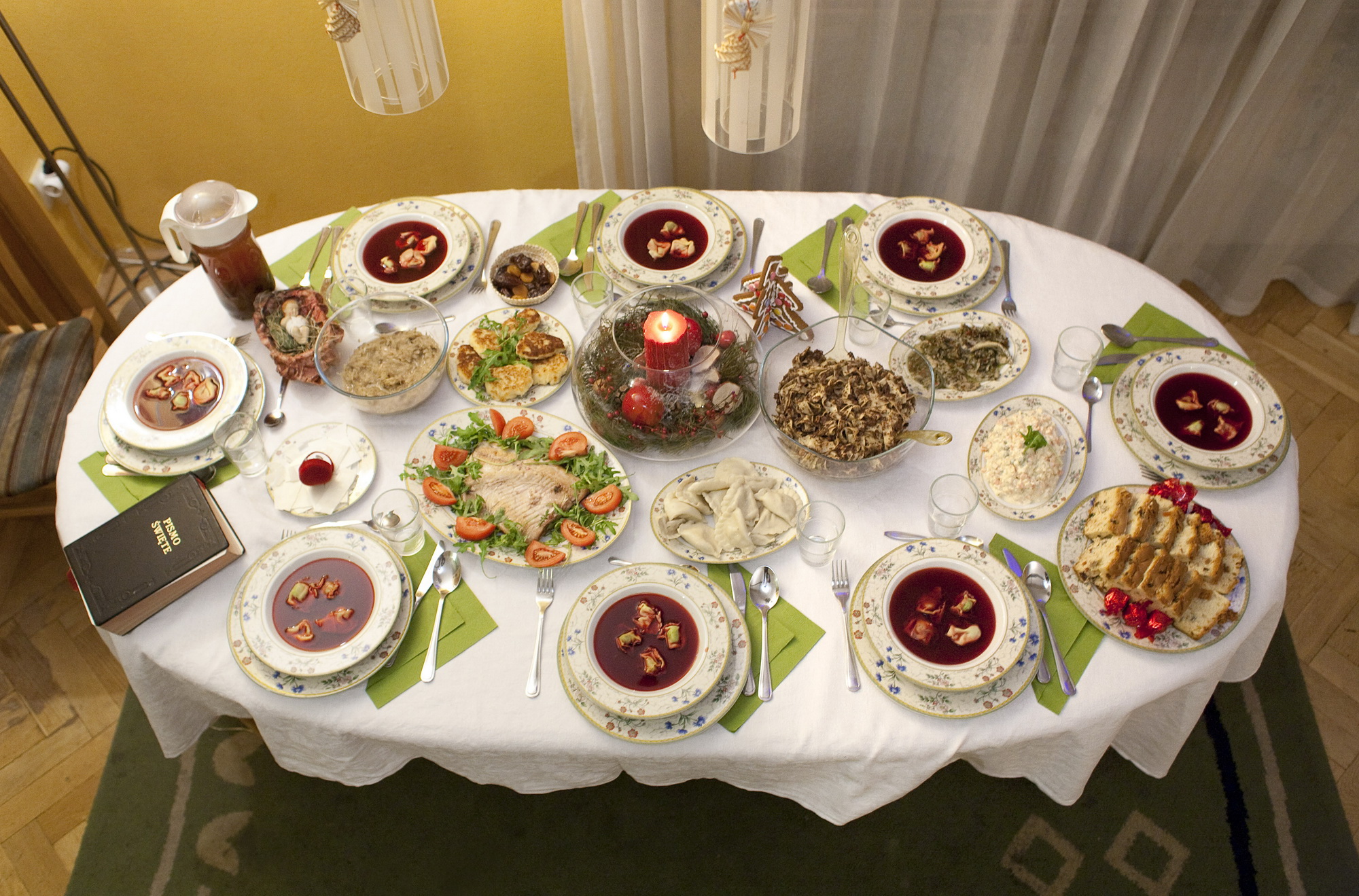

Under the tablecloth sometimes put a little hay – as a reminder of the Bethlehem margens. Except of Kutya, the table necessarily has 12 lenten dishes. At the end of the Christmas Eve, christians traditionally sing Christmas carols and go to the church for a festive Christmas liturgy.
On the night of December 24th-25th, in the Roman Catholic churches of Ukraine, the solemn worships take place. The main ceremony occurs at the Vatican Council of St. Peter. The worship, which is broadcasting by the TV-channels from all over the world, is headed by the Pope. In the south, from the balcony of the facade of St. Peter’s Basilica in the Vatican, he traditionally addresses the Christmas message to all believers and all people of goodwill. The greetings sound in 65 languages, including Ukrainian.
Merry Christmas! We wish a God’s Grace in Every House!!!



